Most lethal sniper in Marine Corps history, Chuck Mawhinney, dead at 75
The US Marine Corps’ deadliest sniper, Charles “Chuck” Mawhinney, who went nearly two decades avoiding any recognition for his kill record until it was revealed in a bpok, has died. Mawhinney died at his home in Baker City, Oregon, on Feb. 12,
the Baker City Herald reported. He was 75.
Born in Lakeview, Oregon, Mawhinney began his legendary career in 1967 after he graduated from high school and enlisted in the Marine Corps that year to fight in Vietnam.
Upon joining the service, he attended Scout Sniper School at Camp Pendleton and, following his graduation in April 1968, received orders to South Vietnam on a 16-month rotation, according to the
US Marine Corps.
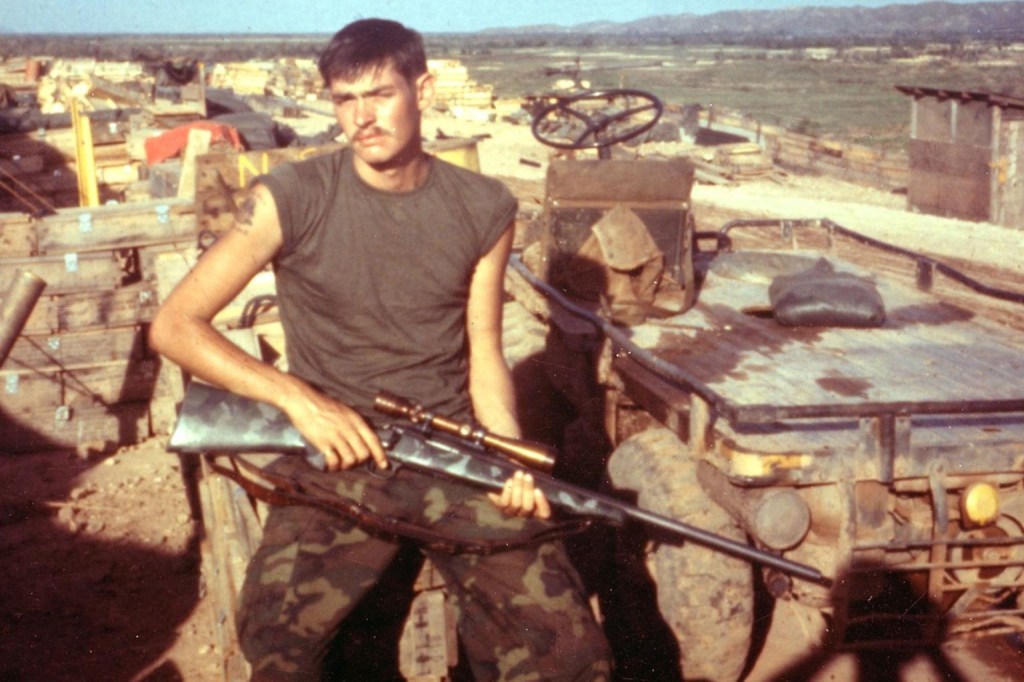 6
6
Charles “Chuck” Mawhinney is credited with the most sniper kills in the history of the Marine Corps.Courtesy of Chuck Mawhinney
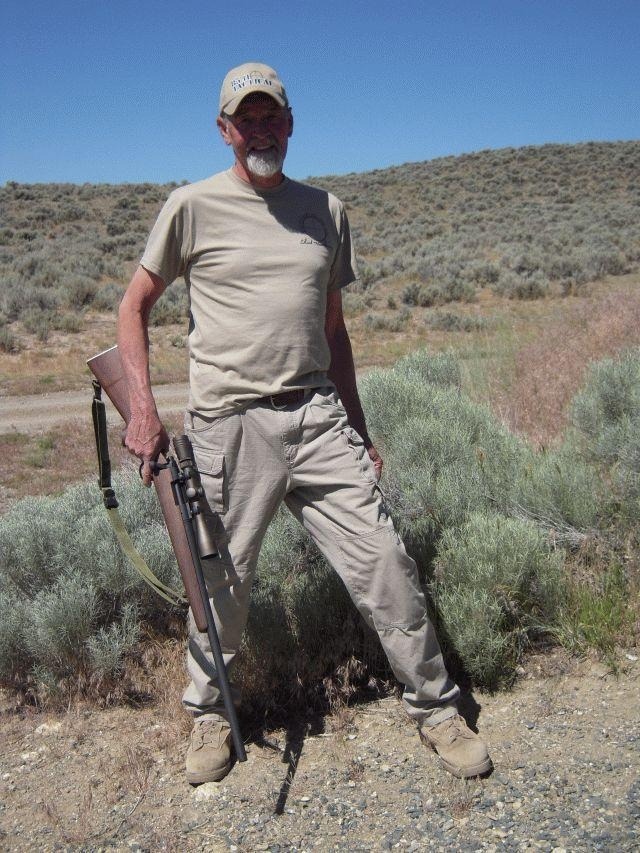 6
6
Mawhinney poses with a replica of the M40 sniper rifle he used during the Vietnam War.Pfc. Garrett White
From 1968 to 1969, Mawhinney — still only a teenager — was credited with 103 confirmed kills.
An additional 216 kills were listed as “probable” since the enemies’ bodies were risky to verify in the active war zone.
Mawhinney had confirmed kills over 1,000 yards, with the average kill shot for snipers during the Vietnam War taken at a distance of 300 to 800 yards.
He received a Bronze Star with Combat Valor, Navy Achievement Medal, Navy Commendation Medal with Combat Valor, and two Purple Hearts.
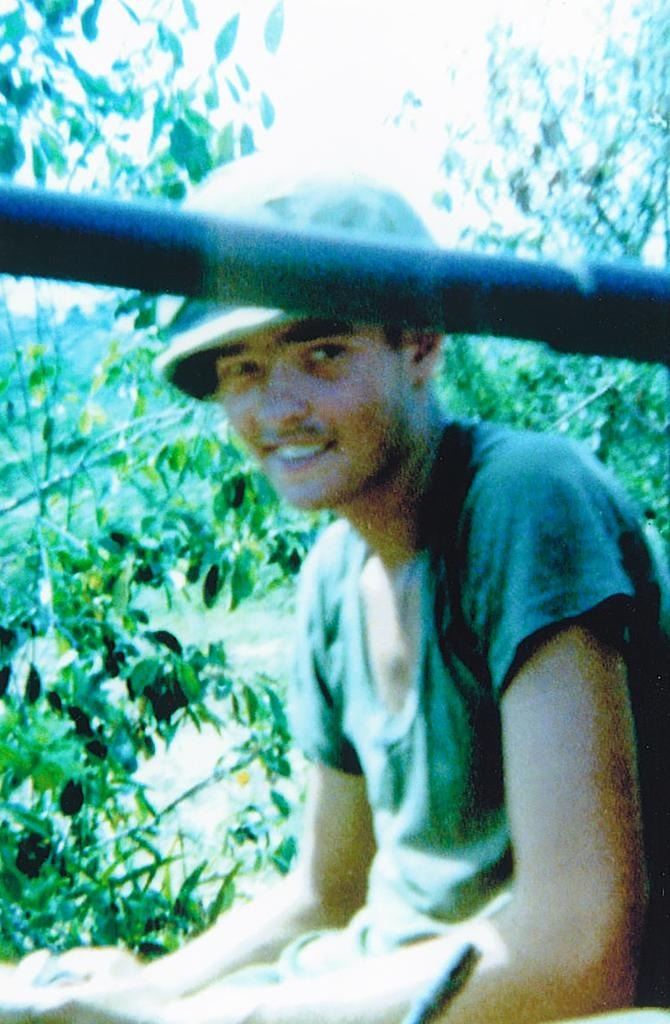 6
6
Mawhinney was only a teenager when he was credited with 103 confirmed kills.Courtesy of Chuck Mawhinney
Despite having the highest kill count of any sniper in the branch’s history, Mawhinney returned home in 1970, slipped back into everyday life without recognition, and secured a job with the US Forest Service.
For years, it was believed that fellow Marine Corps legend
Carlos Hathcock held the highest kill count as a sniper with 93: He still has one of the longest kills ever recorded at 2,500 yards.
It wouldn’t be until 1991 when one of Mawhinney’s spotters in Vietnam, Joseph T. Ward, wrote the book “
Dear Mom: A Sniper’s Vietnam” and credited him with holding the record, citing his 101 kills.
At first, many weren’t aware of the book — Mawhinney included.
 6
6
Mawhinney was in Vietnam with one of his spotters, who assisted him in identifying targets during the war.Courtesy of Chuck Mawhinney
 6
6
An additional 216 kills were listed as “probable” since the enemies’ bodies were risky to verify in the active war zone.Courtesy of Chuck Mawhinney
However, word slowly began to spread in the years to follow that Mawhinney was being credited with the most confirmed sniper kills in Marine Corps history.
It caused controversy among members of the sniper community, who still believed Hathcock held the record.
Peter Senich, a military historian and author specializing in sniping and small arms, went to verify Ward’s claim in the Marine Corps archives and found he was wrong. Mawhinney didn’t have 101 kills — he had 103.
Mawhinney, a man who valued his privacy and was not seeking any fame for his actions in Vietnam, agreed to an interview with Senich in 1997, which was featured in the
Baker City Herald.
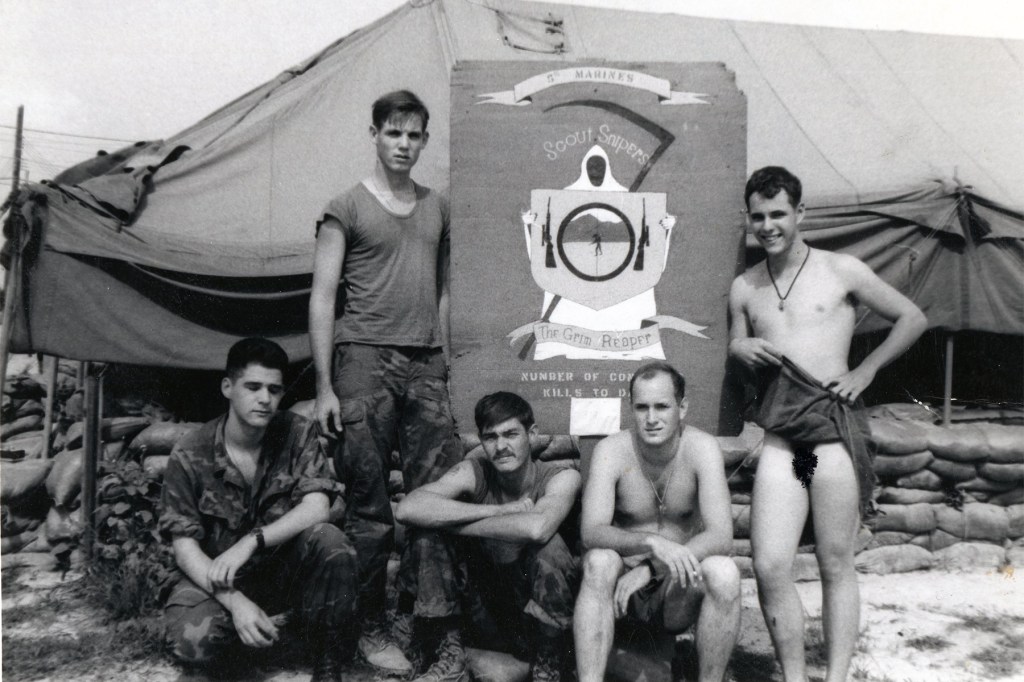 6
6
Mawhinney (center) with fellow snipers and spotters in front of the sniper tent at An Hoi, Vietnam.Courtesy of Chuck Mawhinney
“It’s an opportunity for me to get some recognition for a lot of the Vietnam vets that didn’t receive any recognition,” Mawhinney said.
“We were all there together. If I have to take recognition for it, that’s OK, because every time I talk to someone, I can talk about the vets. It gives me an opportunity to talk about what a great job they did.”
Following his interview and newfound fame among the military community, Mawhinney retired from the US Forest Service in 1997 and began attending events across the country with his wife, Robin.
The legendary sniper told his life story to author Jim Lindsay, who wrote the
book “The Sniper: The Untold Story of the Marine Corps’ Greatest Marksman of All Time” in March 2023.
“He was a good man,” said Lindsay in an interview with The Oregonian Wednesday, sharing that Mawhinney never boasted about his kills and said he “did what I was trained to do.”
“He was a good father, a good husband and an asset to the community. He was a pretty cool cat.”
Mawhinney leaves behind a wife and three children.

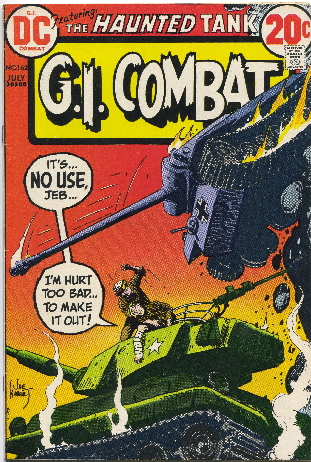



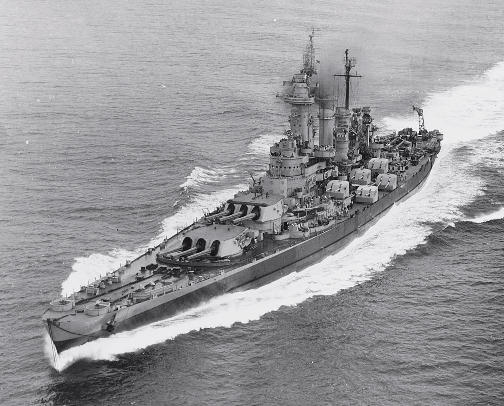
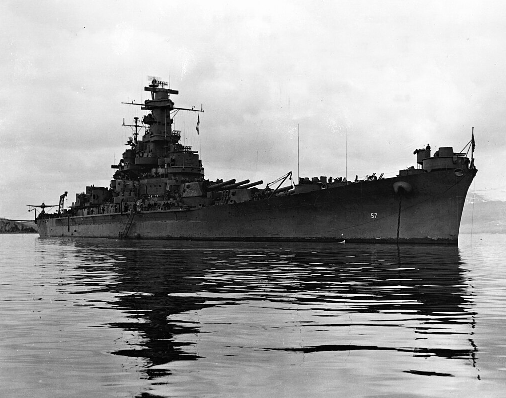
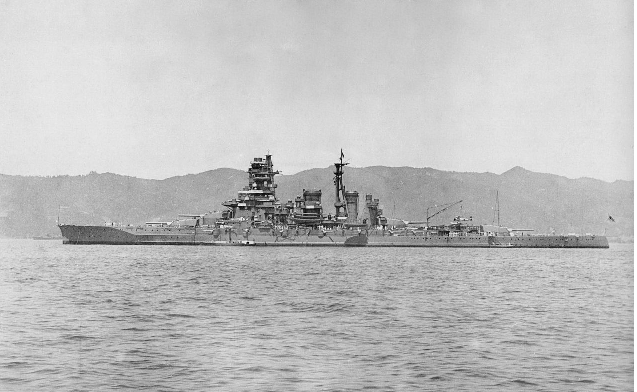

 6
6 6
6 6
6 6
6 6
6 6
6